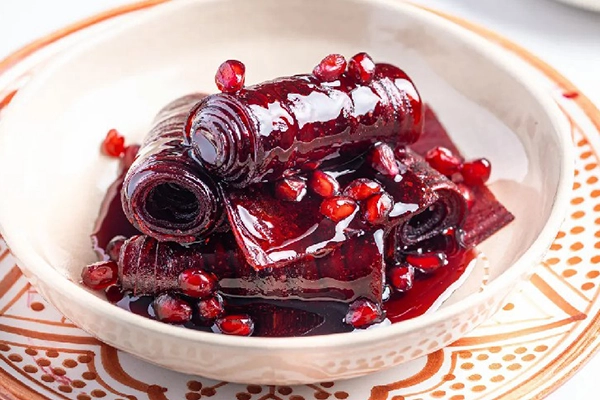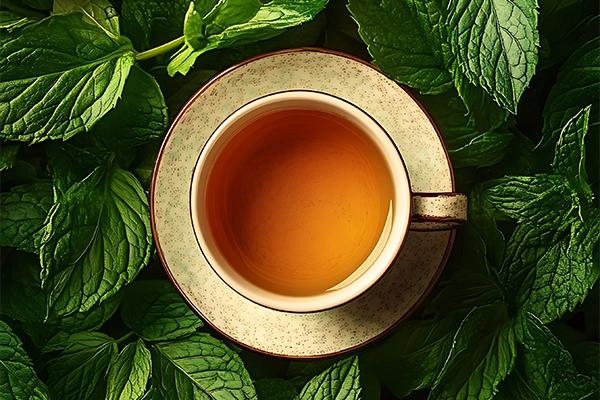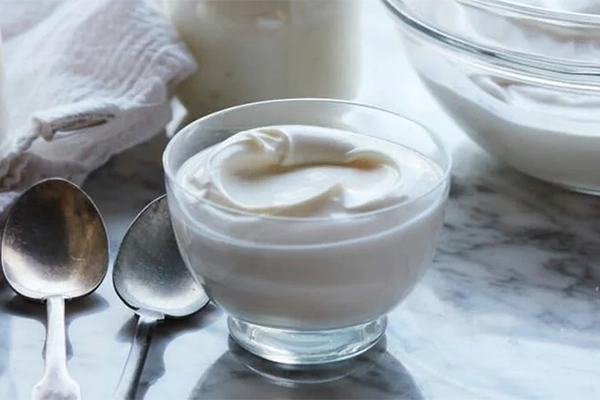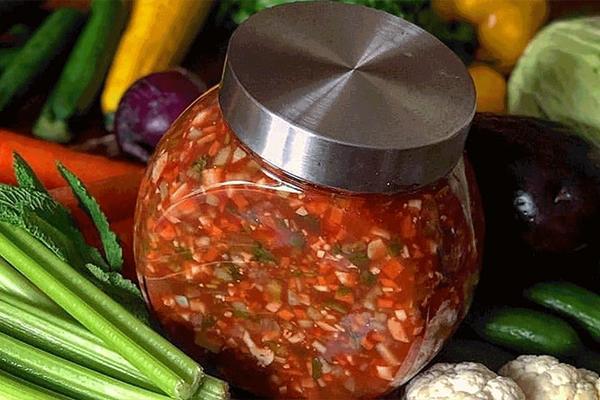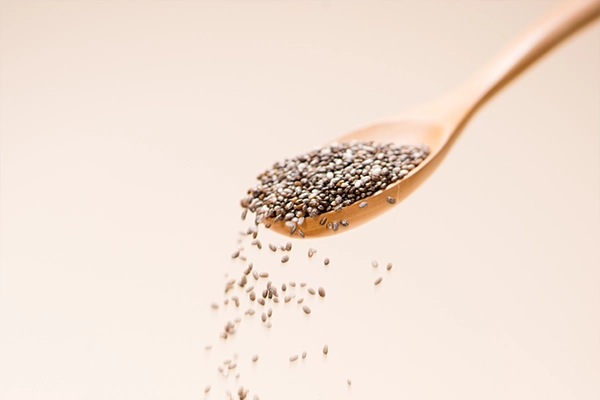Paprika is one of the most popular and widely used spices in kitchens around the world. This colorful and tasty spice is prepared by drying and grinding special types of sweet red pepper. But what is paprika and why is it so popular in cooking?

Origin of Paprika
Paprika has its roots in America. The peppers used to produce paprika are originally native to the tropical regions of Central and South America. After the Europeans discovered America, this plant was taken to Europe and other parts of the world. Today, Hungary and Spain are the most famous producers of paprika in the world.
Different paprika
There are different types of paprika, each of which has its own characteristics:
1. Sweet paprika: The most common type of paprika is mild and slightly sweet.
2. Hot Paprika: It has a hotter and sharper taste and is suitable for those who like stronger flavors.
3. Smoked paprika: It is prepared by smoking peppers before grinding and has a unique smoky flavor.
4. Hungarian Paprika: It is prepared from special Hungarian peppers and is available in different degrees of spiciness from mild to very spicy.
5. Spanish Paprika: It is usually made from smoked peppers and has a deep and complex flavor.
Culinary uses
Paprika has various uses in cooking
1. Flavoring: It is used to add flavor and color to a variety of foods such as stews, soups, and sauces.
2. Decoration: Because of its beautiful color, it is used to decorate foods such as salad, eggs and yogurt.
3. Marinades: It is used in preparing marinades for meat and chicken.
4. Traditional foods: It plays a fundamental role in the preparation of traditional foods such as Hungarian goulash and paprikash.
Benefits oif paprika
In addition to its pleasant taste and color, paprika also has several health benefits:
1. Rich in antioxidants: It helps fight free radicals and reduce inflammation in the body.
2. Source of vitamin C: It helps to strengthen the body’s immune system.
3. Improving digestion: It can help improve digestion.
4. Anti-cancer properties: Some studies show that it may be effective in preventing some cancers.
5. Heart health: May help lower cholesterol and blood pressure.
6. Analgesic properties: especially in the hotter types, it can have analgesic effects.
As a result, paprika is not only a tasty and beautiful spice for cooking, but can also be included in the diet as a health supplement. Considering the variety of paprika and its wide range of uses, this spice can be a valuable addition to any kitchen.
Disadvantages of using paprika
Although what is paprika nothing but a popular and widely used spice, improper or excessive use of it can have disadvantages. While we know the different paprika and the benefits oif paprika, we should also pay attention to these negative points:
1. Allergies: Some people may be allergic to paprika, which can cause allergic reactions.
2. Digestive problems: excessive consumption of paprika, especially hot varieties, can cause heartburn or acid reflux.
3. Drug Interactions: Paprika can interact with some medications, such as blood thinners.
4. Skin irritation: Direct contact of paprika with the skin can cause redness, itching or burning.
5. Respiratory problems: Inhalation of paprika powder can cause coughing, sneezing or breathing problems in sensitive people.
6. Changing the unpleasant taste of food: excessive use of paprika can hide the original taste of food or cause bitterness.
7. Discoloration in clothes: Paprika can stain clothes and cause discoloration.
8. Reduced effectiveness in long cooking: high heat or long cooking can destroy the taste and color of paprika.
9. Problems in pregnancy: consumption of large amounts of paprika during pregnancy may not be recommended.
10. Increased sweating: Some types of hot paprika can increase sweating.
11. Interference with medical tests: High consumption of paprika before certain medical tests can affect the results.
12. Making a habit of spicy foods: continuous use of hot paprika can lead the taste to more spicy foods.
Knowing these disadvantages, you can use different paprika more carefully and avoid its side effects while enjoying the benefits oif paprika. Always remember that balance is the key to safe and enjoyable use of this popular spice.
The secrets of using paprika
What is paprika? This is a question that many novice cooks ask. Paprika is a magical spice that can transform your food, but using it correctly is an art that must be learned. Here we reveal the secrets to help you get the most out of different paprika and enjoy the benefits oif paprika.
1. Timing is important: Add paprika late in cooking to preserve flavor and color. High heat can make it bitter.
2. Familiarize yourself with oil: Paprika releases better in oil. Mix it with a little oil so that its flavor spreads better in the food.
3. Watch out for burning: Paprika burns quickly. When roasting, heat it for just a few seconds to release its aroma.
4. Smart combination: Combine different paprika. For example, sweet and smoky paprika can create a complex flavor.
5. Coordinate with other spices: Paprika goes well with cumin, garlic powder, and onion powder.
6. Use for coloring: Use paprika to add color to white foods like rice or chicken.
7. Use in marinades: Use paprika in marinades to enhance both the flavor and color of the food.
8. Use as a garnish: Sprinkle paprika over cold dishes like egg salad or hummus.

9. Enjoy the benefits oil paprika: Paprika is rich in antioxidants. Include it in your daily meals.
10. Keep fresh: Keep paprika in a closed container away from light to preserve its flavor and properties.
By following these tips, you can use paprika in the best way in your cooking and prepare delicious and healthy dishes. Remember, what is paprika? It is not a simple spice, but a key to open a world of flavors and colors!
Conclusion
At the end of this delicious journey into the world of paprika, we hope you have a good understanding of what is paprika is and how it can transform your cooking. With a wide range of different paprika, from sweet to spicy to smoky, this amazing spice lets you get creative in the kitchen. Paprika is more than a simple seasoning; This red spice contains a treasure of taste, color and health. From its coloring power in garnishing dishes to its important role in creating depth of flavor in a variety of stews and sauces, paprika has proven to be an essential tool in any kitchen. Remember that the key to successful use of paprika is knowing its types and how to use each one correctly. Whetheryou’re a novice cook or a seasoned chef, there’s always room to experiment and discover new flavors with paprika.So, the next time you reach for the spice rack, look at paprika as an old friend, ready to help you create culinary masterpieces. With Paprika, every meal can become an enjoyable and memorable experience.As such, we hope this article has answered the question, “What is paprika?” gave a comprehensive and practical answer and introduced you to the colorful and tasty world of different types of paprika. Now it’s time to roll up your sleeves and use this magical spice in your cooking with confidence!

